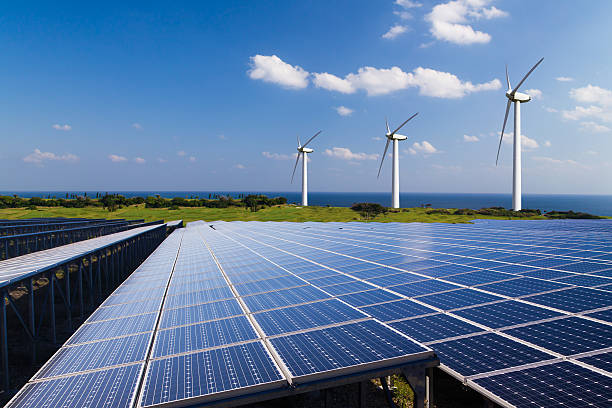In 2018, a new record was set of renewable energy generating 742 million megawatt-hours of electricity. It is almost double what was produced a decade ago.
The increase in the renewable industry isn’t expected to vanish anytime soon. It has been projected that renewable sources of energy will be the fastest-growing electricity for the coming two years.

These are the trends that are behind the rise of renewable energy and a dramatic change in power generation.
1. Strong supporting regulations and policies of public
All over the country, the states put policies in place that diversify their electricity generation mix, expand renewable energy and drive economic development.
The most common type of policy that promotes renewable energy is known as renewable portfolio standards. It is mandatory that a particular percentage of electricity sold by utilities must come from the resources of renewable energy. Since 2000, nearly half of the growth in renewable energy generation can be attributable directly to state renewable energy policies.
2. Concern over the change in climate
2014 to 2018 has been considered the warmest years recorded in the recordkeeping of 139 years. Extreme weather conditions have now become common, getting popular worldwide.
The report on climate change has remarked concern among policymakers and business leaders all over the world. According to them, businesses and customers are exploring different ways to prevent climate change, beginning with the way energy is used.
3. Decline in costs significantly
The entire major renewable energy policy and business developments are now at the place of costs for renewable energy, particularly, wind and solar generation which has fallen drastically.
If estimates need to be seen, the utility-scale solar costs have dropped 79 percent since 2010. Since the past decade, the wind costs of the utility-scale have dropped by 72 percent.
Costs have fallen based on levelized and unsubsidized cost of energy – solar and wind now come in competition with all the major forms of power generation, which include coal-fired and natural gas. Utility bidder lets you compare the costs.
4. Increasing commitments in the corporate world
Organizations are helping the companies with the growth in renewable energy and committing publicly to more use of renewable energy and sustainability targets aggressively.
More than 260 companies have committed in front of the public to some kind of emissions or achieving a target of renewable energy. Additionally, more than 100 companies all over the world have now decided on 100 percent use of renewable energy as part of the initiative.
But, businesses can’t do it alone. It is expected from the energy suppliers to help them directly meet their renewable and sustainable energy targets. Suppliers are helping large companies increase their sustainability with different renewable options from green power purchase agreements to renewable energy credits and customized solutions.
With the various benefits of renewable energy, why will your business not integrate it as an energy procurement strategy?
Everything depends on the goals of the organization. Whether you want it for your business or on a larger scale, experts can help.
